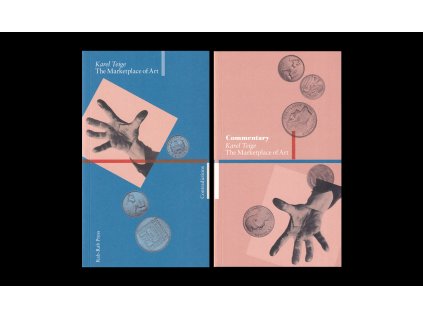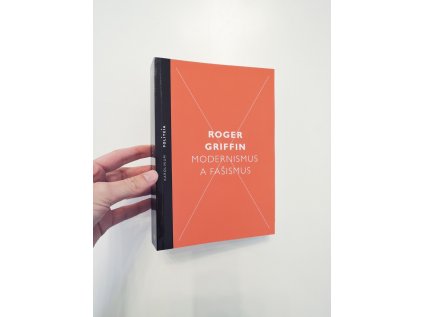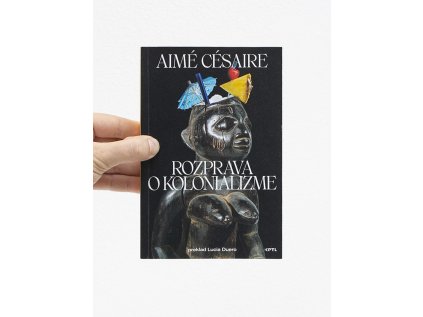The book presents a wide spectrum of scientific research, viewed from the perspective of the centenary of the First World War, the “Great War of White Men” and supposedly the “war to end all wars”, which from the resulting postcolonial and multicultural viewpoints irreversibly altered not only Europe but the entire world. It addresses the tension between local ethnic or esoteric traditions, and cosmopolitan rhetoric in political and aesthetic narratives while the global map, especially the Old Continent, fundamentally changed. Newly formed states established their identity not only through the traditional visual arts, but more profoundly in new building works, contemporary design, filmmaking and photography, and popular culture, including functional typography, transformative modes of social communication and the general conditions of everyday life, accelerating the processes of emancipation of the “imagined communities” and intensifying the discourses of marginalized “others”. Exploring grounded studies of previously unknown archival materials and deploying the latest methodological approaches of the humanities, the book also presents complex strategies of dissemination, translation and the instrumentalization of modern visual language, e.g. in propaganda, especially in the so-called “peripheral” regions. Particular emphasis is placed on the role of the international avant-garde network in the creation and transfer of aesthetic and sociopolitical ideas in modern magazines and new media, as well as in the examination of how the understanding of (supra)nationality and the pre- or post-WWI avant-garde was affected by historiography and the limits of universality, specifically from the 1950s until the present day.
Buďte první, kdo napíše příspěvek k této položce.











